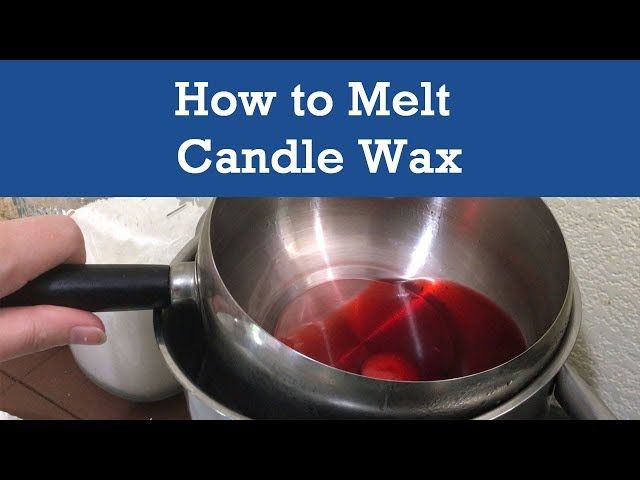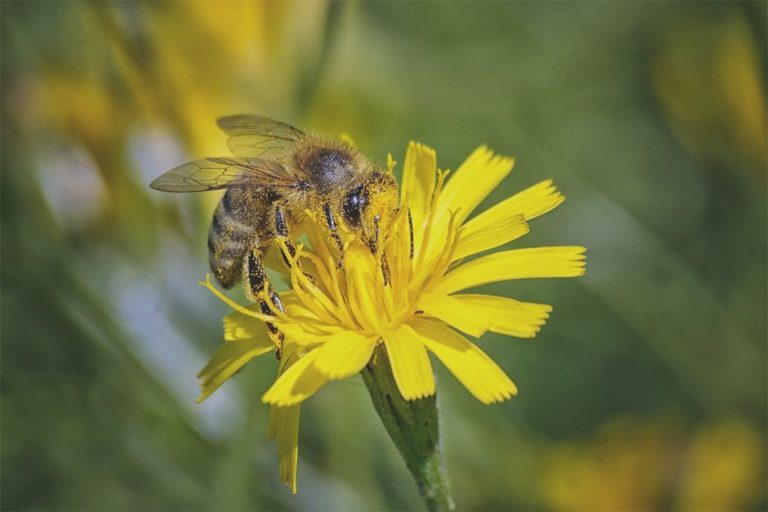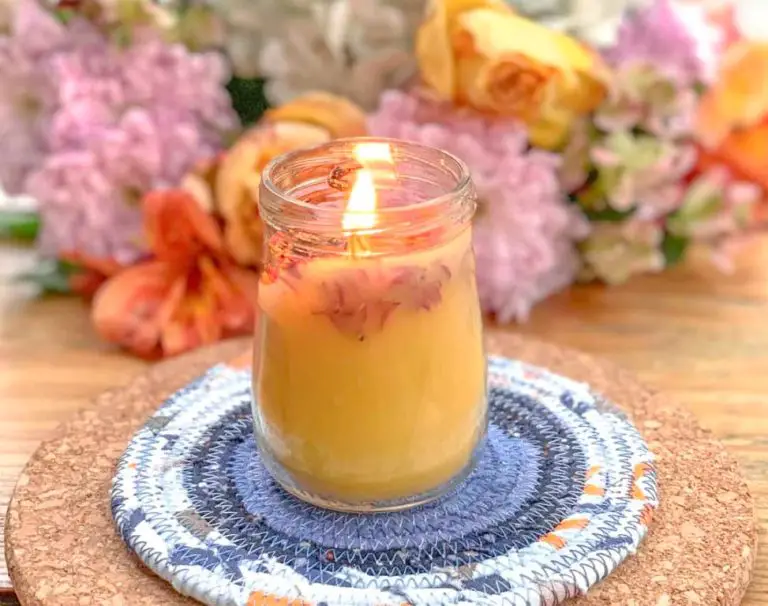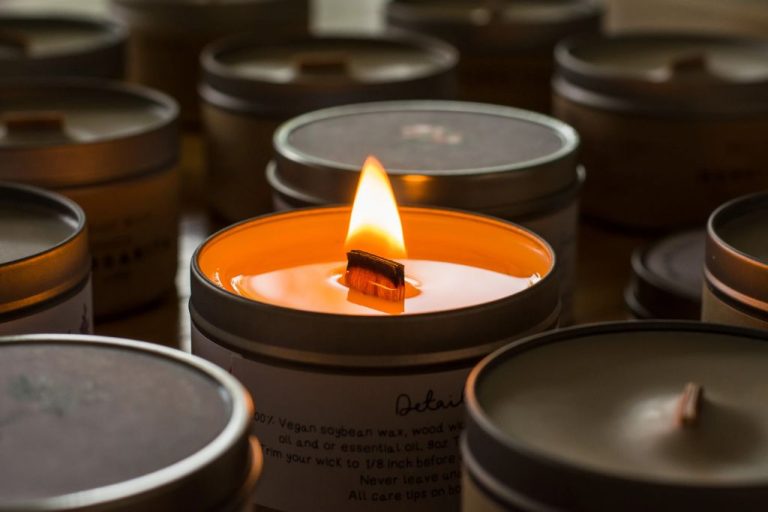What Kind Of Wax Does Our Own Candle Company Use?
Our candle company has been handcrafting high-quality candles for over 10 years. We take pride in using only the best ingredients to produce candles that are beautiful, long-lasting, and wonderful smelling. An essential part of any great candle is the wax, which serves as the base and influences key characteristics like scent throw, burn time, texture, and appearance. There are many types of wax to choose from, each with their own properties and benefits. In this article, we will provide an overview of some of the most common waxes used in candle making including paraffin, soy, beeswax, palm, and coconut wax. We will discuss the pros and cons of each and explain why we choose to use the waxes we do. Our goal is to educate readers on the nuances of candle wax so they understand what goes into making a quality, safe, and high-performing candle.
Paraffin Wax
Paraffin wax is the most common type of wax used for candle making. It is a byproduct of petroleum refining and made from crude oil. Some key facts about paraffin wax:
Pros:
- Low cost and widely available
- Easy to work with and has good plasticity
- Provides a high-quality burn and clean melt pool
- Hardens into a smooth surface with a glossy sheen
Cons:
- Not from a renewable source like soybeans or beeswax
- Can produce more soot than natural waxes when burned
- Some concerns about emissions and indoor air quality
Overall, paraffin wax is popular for candle making because it is inexpensive and easy to use. The quality burn makes it a good choice for achieving an even melt pool and minimizing wasted wax. However, there are environmental and health concerns to consider regarding its petroleum origins when compared to natural wax options.
Soy Wax
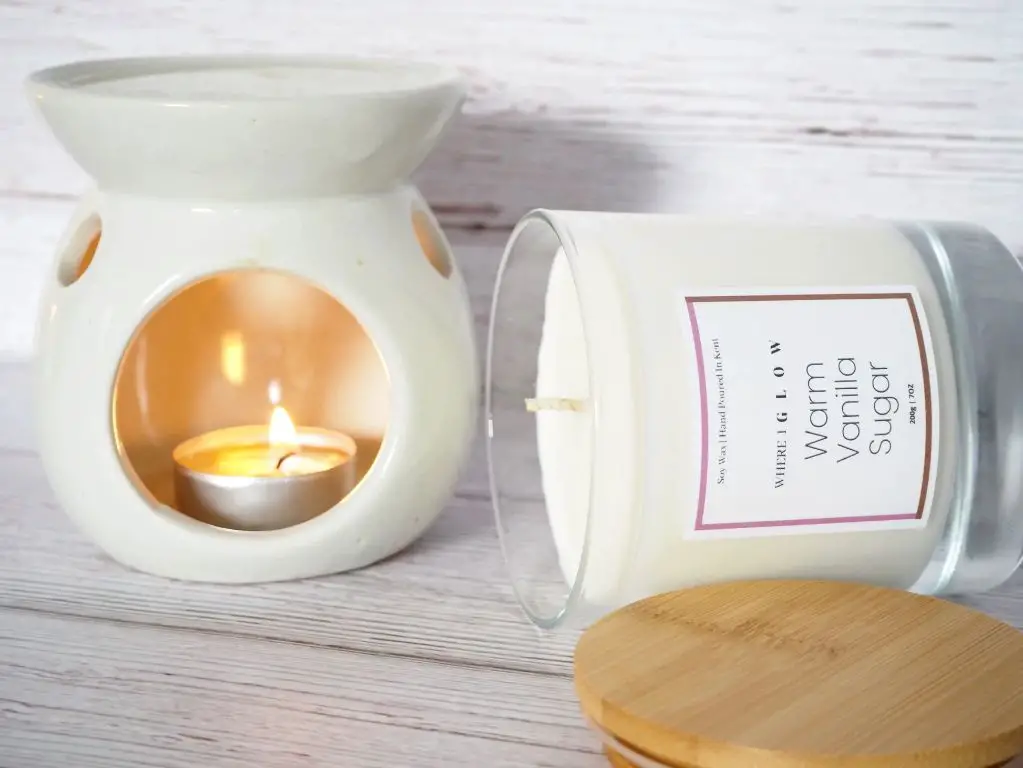
Soy wax is made from soybeans. It is a popular eco-friendly alternative to paraffin wax. Some of the pros of soy wax include:
- Made from a renewable resource – soybeans
- Biodegradable and compostable
- Clean burning with very little soot
- Not derived from petroleum
However, there are also some cons to consider:
- More expensive than paraffin wax
- Soy is a common allergen for some people
- Lower melting point than paraffin so may not work as well in hot climates
- Can be more difficult to work with compared to paraffin
Overall, soy wax is considered one of the most environmentally friendly waxes. It is renewable, biodegradable, and clean burning. This makes it a great choice for eco-conscious candle makers and consumers. Compared to paraffin derived from fossil fuels, soy wax has sustainability benefits.
Sources:
https://www.pureintegrity.com/blog/soy-wax-healthier-choice-candle-addiction.html
https://thecandlestudio.com/blog/why-choose-a-soy-wax-candle-the-benefits-of-soy-wax
Beeswax
Beeswax is a natural wax made by honey bees. Beeswax has some notable pros and cons to consider:
Pros:
- Natural and non-toxic – Beeswax is all-natural and considered non-toxic.
- Clean burning – Beeswax candles produce minimal soot and smoke.
- Pleasant honey scent – The light, sweet scent comes naturally from the honey.
- Supports beekeepers – Purchasing beeswax supports small business beekeepers.
Cons:
- Expensive – Beeswax costs more than other waxes due to production time and effort. 1
- Limited colors – Natural beeswax only comes in yellow/cream shades.
- Messy for DIY – Raw beeswax can be sticky and challenging to work with.
- Allergy risk – Rarely, some people may be allergic to beeswax.
Overall, beeswax candles are praised for their natural properties and sweet honey scent. The downside is the higher cost and limited color options. Still, many feel the pros outweigh the cons for beeswax.
Palm Wax
Palm wax is made from palm oil, which comes from the fruit of oil palm trees. Some pros of using palm wax for candles are that it is naturally hard, produces a smooth finish on candles, and provides good scent throw. However, there are also some significant cons and sustainability concerns with palm wax.
Oil palm plantations are a major driver of deforestation in Southeast Asia, destroying vital habitats for endangered species like orangutans, tigers, and elephants. Between 1990 and 2010, over 7.5 million hectares of forest were lost in the Indonesian islands of Sumatra and Borneo alone due to palm oil plantations (Source 1). This ongoing deforestation threatens biodiversity and contributes to climate change through loss of carbon-storing forests.
There are also concerns around exploitation of workers, including child labor, on some palm oil plantations. And improper palm oil production can lead to air and water pollution from pesticide use and waste products (Source 2).
Due to these environmental and ethical concerns, many candlemakers avoid using palm wax, despite some benefits. Palm-free waxes like soy, coconut, and beeswax are viewed as more eco-friendly options. However, the sustainability of any wax depends heavily on proper sourcing and production methods (Source 3).
Coconut Wax
Coconut wax is made from coconut oil. It has become increasingly popular in recent years for candle making. Some of the benefits of coconut wax include:
- It’s a natural, renewable resource – coconut trees produce coconuts naturally without any chemicals (https://www.fosseliving.co.uk/blogs/news/7-benefits-of-coconut-wax-in-candles)
- It’s non-toxic and doesn’t release any harmful fumes when burning
- It burns clean – producing very little soot or smoke
- It has a natural sweet coconut scent when burned
Some downsides to coconut wax are:
- It’s more expensive than paraffin wax
- The scent can be overpowering for some people
- It’s softer than paraffin so may not retain scent and color as well
- The lower melting point means candles have a shorter burn time
Overall, coconut wax is praised for its natural properties and sustainability. The natural light coconut aroma released when burning makes it a popular choice for tropical-scented candles (https://www.citrusandsageco.ca/blogs/read-our-blog/benefits-of-coconut-soy-wax-in-candles).
Our Wax of Choice
At [Company Name], we use a natural soy wax blend for all of our candles. Soy wax is made from hydrogenated soybean oil and offers many benefits over paraffin wax, which is a byproduct of petroleum refining. Soy wax is renewable and comes from a sustainable resource – soybeans. It’s also biodegradable and non-toxic.
According to www.candlescience.com/learning/wax-guide/, soy wax “is often preferred in containers like tins and jars. The flexibility and malleability of soy wax gives it better adhesion to the walls of a container, making it less likely to pull away.” This makes it an ideal choice for our container candles.
We blend our soy wax with a small percentage of beeswax and coconut wax, which helps modify the burn and scent throw. The addition of beeswax and coconut wax makes the wax blend more pliable and easier to work with. It also creates a smooth, even burn and allows the soy wax to hold fragrance oils better.
The use of a natural soy wax blend aligns with our values of sustainability and using renewable, non-toxic ingredients whenever possible. It enables us to produce safe, eco-friendly candles that are a pleasure to burn. Our customers appreciate knowing they are bringing an all-natural, non-toxic product into their homes.
Scenting and Dyes
At our candle company, we take great care in scenting and coloring our candles to create an amazing sensory experience. For fragrance, we use premium phthalate-free fragrances sourced from top suppliers like CandleScience. Our artisan candle makers expertly blend these fragrances to produce complex, layered scents that fill a room. Popular custom scent options include fruity, floral, herbs and spices, woodsy, and fresh linen.
For coloring, we use top quality liquid candle dyes to produce vibrant colors without compromising burn quality. Our standard dye options include bold primaries, rich earth tones, and soft pastels from suppliers like The Flaming Candle. Custom color matching is available for bulk orders. Paraffin and soy wax take dye readily, producing even color distribution. Beeswax and palm wax have a natural tint that limits dye intensity. We specially formulate dyes for coconut wax to account for the material difference.
With custom scenting and coloring, we can work with clients to create signature candles for any occasion. Our candle experts will advise on fragrance and dye combinations that complement each other. From housewarming gifts to centerpieces, we pride ourselves on delivering hand-poured candles that look, feel, and smell amazing.
Wick Options
Different wicks burn at different rates and impact the total burn time of a candle. Wicks come in different materials like cotton, wood, and paper. The thickness or braid pattern of the wick also impacts the burn rate. A larger wick will burn faster and brighter, while a smaller, thinner wick will burn slower and cooler (https://www.candlescience.com/learning/wick-guide/).
The type of wax used will also impact what wick is ideal. For softer waxes like soy, a larger wick is often needed for an even burn. Harder waxes like paraffin can use smaller wicks. Testing different wick types with our wax allows us to find the perfect balance of an even burn, wax pool, and ideal burn time. We carefully evaluate burn times by wick size and type during our research and development phase with each candle. This ensures we select wicks tailored for the specific jar size, wax type, fragrance load, and desired burn time of each candle we produce (https://lonestarcandlesupply.com/guide-to-wicking/).
At our candle company, we use eco-friendly paper and wood wicks whenever possible for a clean even burn and to minimize soot. After extensive testing, we’ve curated our wick selection to provide customers with an optimal burn for every candle we offer.
Conclusion
To summarize, our candle company uses a blend of soy wax, beeswax, and coconut wax to create clean-burning, eco-friendly candles. We find this combination offers excellent scent throw and burn time while remaining non-toxic. Key points covered include:
- Soy wax is made from soybeans, is renewable and biodegradable.
- Beeswax is a natural wax made by honey bees, produces a clean burn and bright glow.
- Coconut wax comes from coconut oil, retains fragrances well and burns slowly.
- We blend these three waxes for optimal performance and an earth-friendly product.
We welcome your feedback on our candle wax blend and any other aspects of our candles. Please don’t hesitate to reach out with questions or comments. Be sure to check out our current candle collection featuring creative scents and artistic designs.
Thank you for learning about the special wax we use to craft our handmade, eco-friendly candles!

